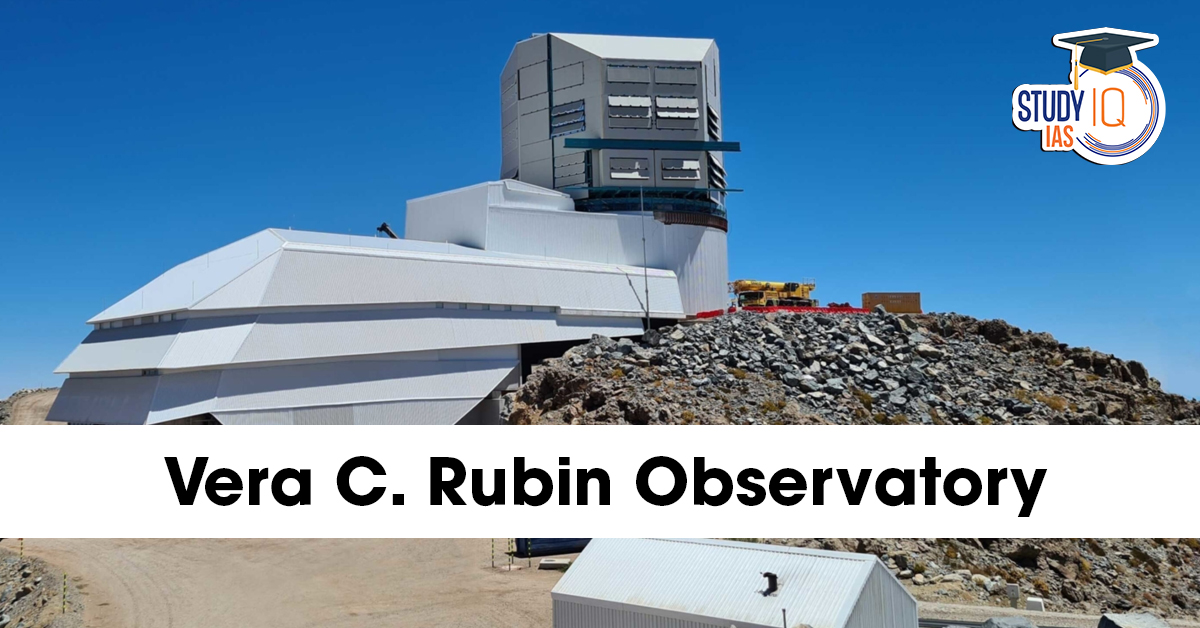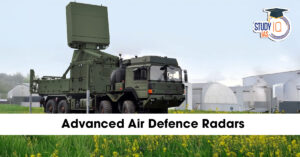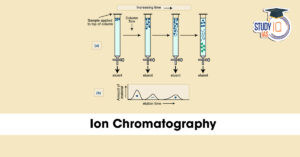Table of Contents
Context: The Vera C Rubin Observatory in Chile has unveiled its first test images, highlighting its capability to revolutionise astronomy by capturing millions of celestial events, tracking asteroids, and detecting dark matter signals each night.
Vera C Rubin Observatory
- A cutting-edge astronomical observatory located on Cerro Pachón mountain, in the Chilean Andes at an elevation of 8,684 ft.
- Aims to create the most detailed dynamic map of the universe.
- Jointly funded by the U.S. Department of Energy (DOE) and the National Science Foundation (NSF).
Main Objectives
- Map the entire southern sky every 3 days for 10 years.
- Create a dynamic record of the universe to monitor cosmic changes.
- Track near-Earth objects (NEOs) and identify potential asteroid threats.
- Conduct high-precision studies on dark matter and dark energy.
- Provide open-access data to researchers and the global public.
Key Features
Wide Field of View
- Captures an area equal to 40 full Moons in a single image.
- Offers broader sky coverage than the Hubble and James Webb Telescopes.
World’s Largest Digital Camera
- 3,200 Megapixel resolution.
- Weighs 2,800 kg (size of a small car).
- Detects objects 100 million times dimmer than visible light.
- Uses six spectral filters (UV to infrared) for comprehensive analysis.
Rapid Movement & Imaging
- The telescope slews between targets in just 5 seconds.
- Capable of taking 1,000 images per night.
- Completes full-sky scans in 72 hours.
Automated Detection Software
- Generates up to 10 million alerts per night by comparing image data.
- Detected 2,100+ new asteroids in just 10 hours during testing.
Massive Data Output
- Produces 20 terabytes of data per day.
- Over the next decade, expect to detect and catalogue:
- 5 million+ asteroids
- 100,000+ NEOs
Scientific Significance
- Dark Matter & Cosmic Structure: Builds detailed 3D maps of the universe to study gravitational effects and galaxy distribution.
- Planetary Defence: Enhances early detection of NEOs, improving Earth’s asteroid defence systems.
Astrophysical Discoveries
- Supports breakthroughs in understanding:
- Galaxy formation
- Cosmic evolution
- Universe’s expansion theories


 Advanced Air Defence Radars: Types, Comp...
Advanced Air Defence Radars: Types, Comp...
 Ion Chromatography, Working and Applicat...
Ion Chromatography, Working and Applicat...
 Broadly Neutralising Antibodies (bNAbs):...
Broadly Neutralising Antibodies (bNAbs):...

























